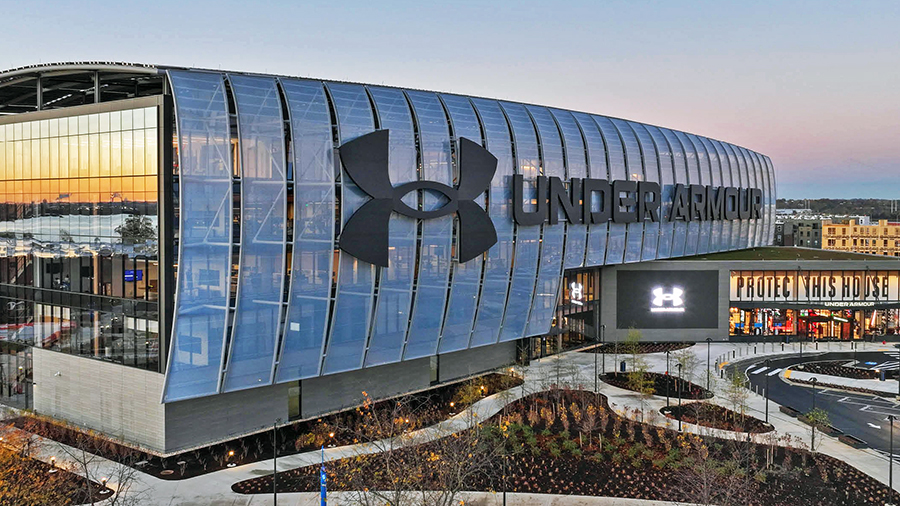Moody’s Ratings downgraded Under Armour, Inc.’s debt ratings on its expectation that weakening consumer discretionary spending and increased tariff costs are likely to lead to lower earnings over the next 12-18 months.
The ratings agency said that uncertainty around trade policy and consumer spending will also make it more difficult for Under Armour to execute its turnaround strategy, including efforts to elevate the brand, reduce promotions and revamp its product, marketing and marketplace. Moody’s said it previously expected both operating margin and earnings to recover in fiscal 2026.
Ratings impacted include Under Armour’s corporate family rating (CFR) to Ba3 from Ba2, probability of default rating (PDR) to Ba3-PD from Ba2-PD, and senior unsecured notes rating to B1 from Ba3. The company’s speculative grade liquidity rating (SGL) was downgraded to SGL-3 from SGL-1. The outlook remains negative.
The downgrade to SGL-3 reflects Moody’s expectations that Under Armour will maintain adequate liquidity, with modestly negative free cash flow in fiscal 2026 that can be supported by its solid cash balances and full access to its $1.1 billion revolver. It also reflects the company’s 2026 and 2027 debt maturities.
Ratings Rationale
Moody’s said, “Under Armour’s Ba3 CFR reflects the company’s well-recognized brand and diversified distribution in the athletic apparel and footwear market. The company has a strong position in the sports performance apparel category, which it aims to leverage as part of the brand elevation strategy and turnaround plan led by CEO and founder Kevin Plank. Under Armour’s relatively low level of funded debt provides key credit support, and we expect leverage to remain moderate over the next 12-18 months despite lower earnings. We project Moody’s-adjusted debt/EBITDA (which does not add back most restructuring and one-time charges) to increase to mid-3x to mid-4x in fiscal 2026 from 2.9x as of December 31, 2024.
“At the same time, the credit profile is constrained by the company’s weak operating performance and limited brand differentiation. Following a transformation year in fiscal 2025, we project earnings to continue to decline in fiscal 2026, as the company’s strategic initiatives are offset by weaker discretionary spending and higher tariffs, which would be difficult for the company to pass through to consumers. While we expect Under Armour’s strategies to generate earnings growth over time, there is significant execution risk, given intense competition and the company’s prior struggles to improve brand health. Additionally, we view the Under Armour’s frequent executive turnover, including four CEO transitions in the past 4 years and significant recent key executive changes, as moderate governance concerns.
“The negative outlook reflects that the risk that uncertainty around tariffs could result in lower than anticipated earnings and free cash flow in fiscal year 2026.”
Image courtesy Under Armour















